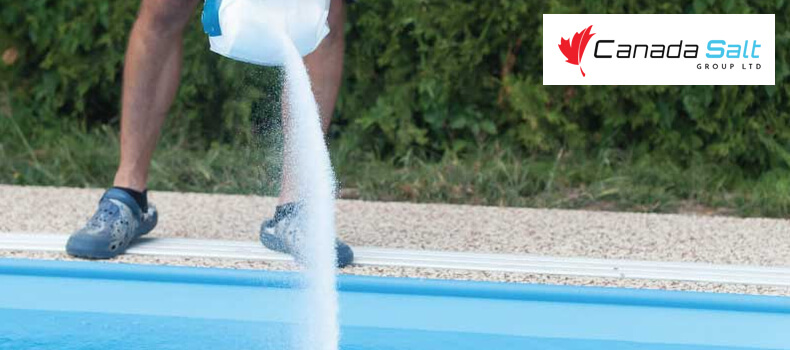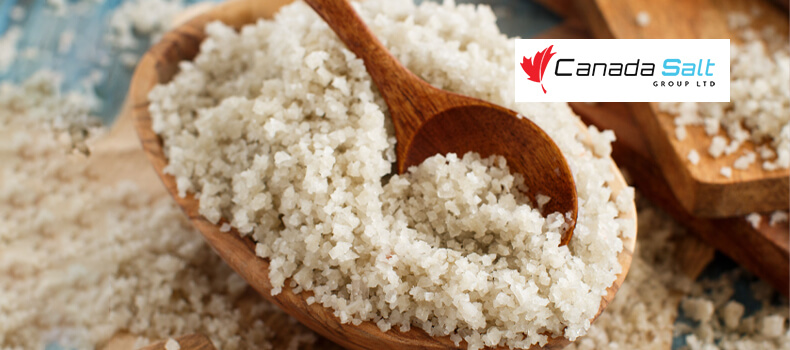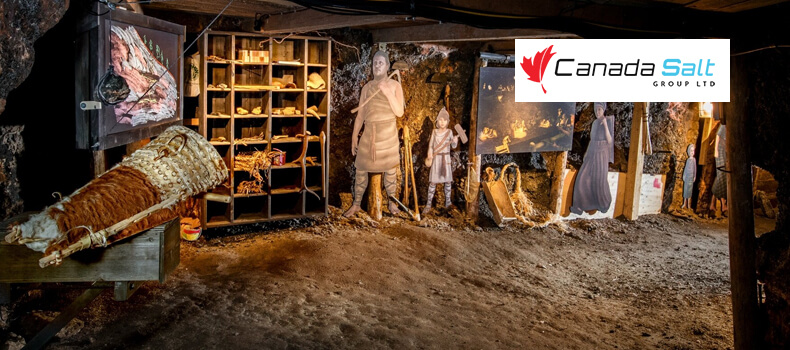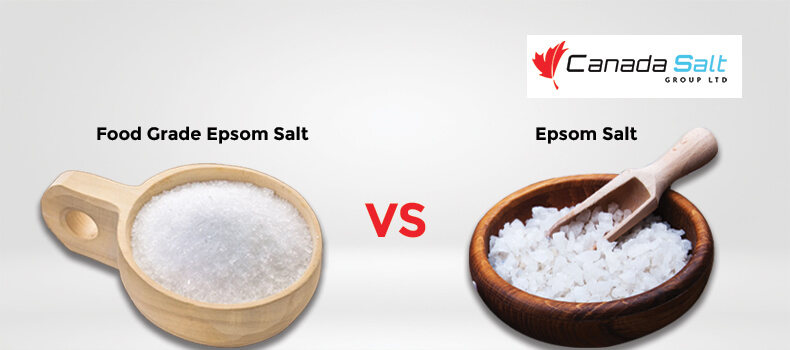Do You Shock A Salt Water Pool?
Swimming pools add beauty to any house, and proper maintenance is required to enjoy the full benefits of any pool. Certain guidelines must be followed in maintenance, whether salt water or a traditional pool. Cleaning the pool is one of the maintenance routines to be practiced, and for saltwater pools, shocking is one of the crucial steps to be followed to make the pool free from algae and other bacteria. If you are one of the homeowners confused about proper maintenance of your pool, then read on to know why to shock a saltwater pool and how you shock a salt water pool as a daily routine.
When To Shock Your Salt water Pool?
Pool experts recommend that shocking a saltwater pool should be done at least once a week to remove contaminations and maintain the chlorine levels. Here are some reasons to know when to shock your saltwater pool.
1. Remove Algae from Pool
Chlorine is one of the best algaecides and an effective way to remove algae from saltwater pools. When you find algae spots in the pool, scrub them with a steel bristle and sprinkle chlorine granules. To remove all the algae from the pool, shock the pool heavily with chlorine so that algae is killed, restoring the blue colour of the pool.
2. To Remove Chloramines
Chloramines are combined chlorine molecules, and you should shock the saltwater pool when the chloramine level is more than 0.3 ppm. The chloramine level can be found using Test Strips or a DPD test kit. Necessary maintenance tips are to be followed when the total chlorine is more than free.
3. Remove The Contaminants
Sometimes contaminants might enter the pool through users, washing of soil or dust through air or rain, or heavy usage of the pool. If the contaminants are not removed from the pool, then pathogens, algae, and other organic matter keep growing in the pool, leading to diseases. To remove all the debris and contaminants in the pool, it is necessary to shock the salt water pool in your house.
Ways To Shock A Salt water Pool
1. Test The Chemistry Of Pool
With the help of testing strips and kits, test your pool’s pH, Alkalinity, and calcium hardness levels. Unbalanced levels of these can lead to calcium deposits, pitting, and staining on the pool’s surface.
2. Clean The Pool
Before even introducing shock chemicals to the pool, it is necessary to clean the pool and remove all the debris, leaves, and other contaminations present in the pool. If algae are present in the pool, then as said above, use a steel bristle to remove all algae present in the pool.
3. Check The Balance of Chemicals
For any saltwater pool, it is necessary to maintain the correct pH, alkalinity, hardness of water, Calcium hardness, and free chlorine levels. Try to use other chemicals to bring all the chemical levels to the required range and add pool shock for proper working. The shock given to the pool might not give effective results if the ideal range of the chemicals is not maintained.
4. Calculate The Amount Of Shock Chemical Required
As a pool owner, you might wonder what the correct level of pool shock is to be added to your pool. As per pool experts, the pool shock amount should be at least 30 ppm, and to calculate the amount, you need to know how many gallons of water are available in your pool.
5. Shut Off The Pool Filter
Before even adding shock chemicals to your pool, it is necessary to switch off the pool filter.
6. Adding Shock To Pool
To make the process successful, following the product manual instructions is recommended. For most pools, shock chemicals can be directly added to pool water, but in the case of fibreglass or vinyl pool, there is a need to dilute the shocking chemical to avoid staining.
Precautions While Shocking Saltwater Pool
Even though chlorine and saltwater pools have similarities, they operate differently. For a saltwater pool, the salt cell is responsible for generating free chlorine and ensuring that your pool does not get overloaded with chlorine added from shock. Here are some of the precautions
- Do not swim while adding Shock.
- Choose the right salt for this operation and a common type of saltwater pool
- Wear Protective Equipment
Conclusion
As the pool owner, doing the shock process to your saltwater pool is necessary, which in turn helps remove unwanted algae, contaminations, and general chloramines. To enjoy the full benefits of your swimming pool, you need to take care of all equipment. To make the pool shocking process successful, you must use the right salt at the right time. Canada Salt Group Ltd supplies pure pool salt throughout North America and Canada. Contact us for more information.





